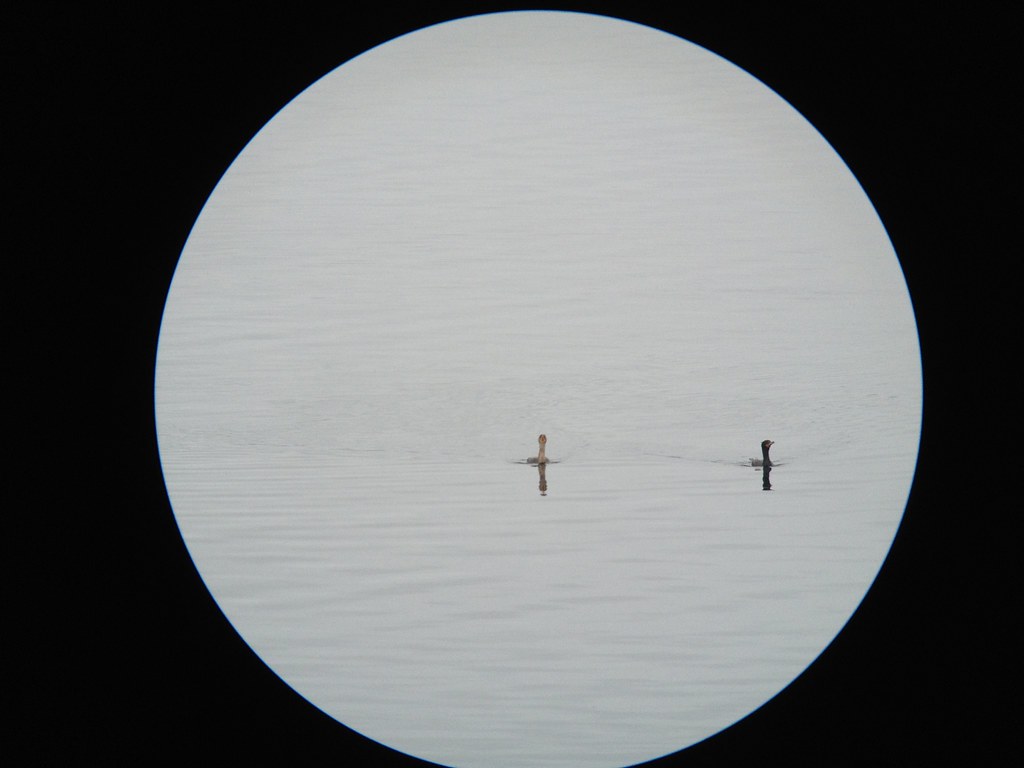 |
| Spotted Sandpiper, Winsor Dam, May 24, 2013 |
 |
| Spotted Sandpiper, Winsor Dam, May 24, 2013 |
 |
| Double crested Cormorant (distant group of nine), Winsor Dam, May 24, 2013 |
 |
| Double crested Cormorant (distant group of nine), Winsor Dam, May 24, 2013 |
In its
2013 Atlantic hurricane season outlook issued today, NOAA’s Climate
Prediction Center is
forecasting an active or extremely active season this year.
For the six-month hurricane season, which begins June 1, NOAA’s Atlantic Hurricane Season Outlook says there is a 70 percent likelihood of 13 to 20 named storms (winds of 39 mph or higher), of which 7 to 11 could become hurricanes (winds of 74 mph or higher), including 3 to 6 major hurricanes (Category 3, 4 or 5; winds of 111 mph or higher).
These ranges are well above the seasonal average of 12 named storms, 6 hurricanes and 3 major hurricanes.
“With the devastation of Sandy fresh in our minds, and another active season predicted, everyone at NOAA is committed to providing life-saving forecasts in the face of these storms and ensuring that Americans are prepared and ready ahead of time.” said Kathryn Sullivan, Ph.D., NOAA acting administrator. “As we saw first-hand with Sandy, it’s important to remember that tropical storm and hurricane impacts are not limited to the coastline. Strong winds, torrential rain, flooding, and tornadoes often threaten inland areas far from where the storm first makes landfall.”
Three climate factors that strongly control Atlantic hurricane activity are expected to come together to produce an active or extremely active 2013 hurricane season. These are:
For the six-month hurricane season, which begins June 1, NOAA’s Atlantic Hurricane Season Outlook says there is a 70 percent likelihood of 13 to 20 named storms (winds of 39 mph or higher), of which 7 to 11 could become hurricanes (winds of 74 mph or higher), including 3 to 6 major hurricanes (Category 3, 4 or 5; winds of 111 mph or higher).
These ranges are well above the seasonal average of 12 named storms, 6 hurricanes and 3 major hurricanes.
“With the devastation of Sandy fresh in our minds, and another active season predicted, everyone at NOAA is committed to providing life-saving forecasts in the face of these storms and ensuring that Americans are prepared and ready ahead of time.” said Kathryn Sullivan, Ph.D., NOAA acting administrator. “As we saw first-hand with Sandy, it’s important to remember that tropical storm and hurricane impacts are not limited to the coastline. Strong winds, torrential rain, flooding, and tornadoes often threaten inland areas far from where the storm first makes landfall.”
Three climate factors that strongly control Atlantic hurricane activity are expected to come together to produce an active or extremely active 2013 hurricane season. These are:
- A continuation of the atmospheric
climate pattern, which includes a strong west African monsoon, that is
responsible for the ongoing era of high activity for Atlantic hurricanes
that began in 1995;
- Warmer-than-average water temperatures
in the tropical Atlantic Ocean and Caribbean Sea; and
- El Niño is not expected to develop and
suppress hurricane formation.
“This
year, oceanic and atmospheric conditions in the Atlantic basin are expected to
produce more and stronger hurricanes,” said Gerry Bell, Ph.D., lead seasonal
hurricane forecaster with NOAA’s Climate Prediction Center. “These conditions
include weaker wind shear, warmer Atlantic waters and conducive winds patterns
coming from Africa."
The next several months could prove interesting and I will
update as storms develop that could potential have an impact here.
No comments:
Post a Comment